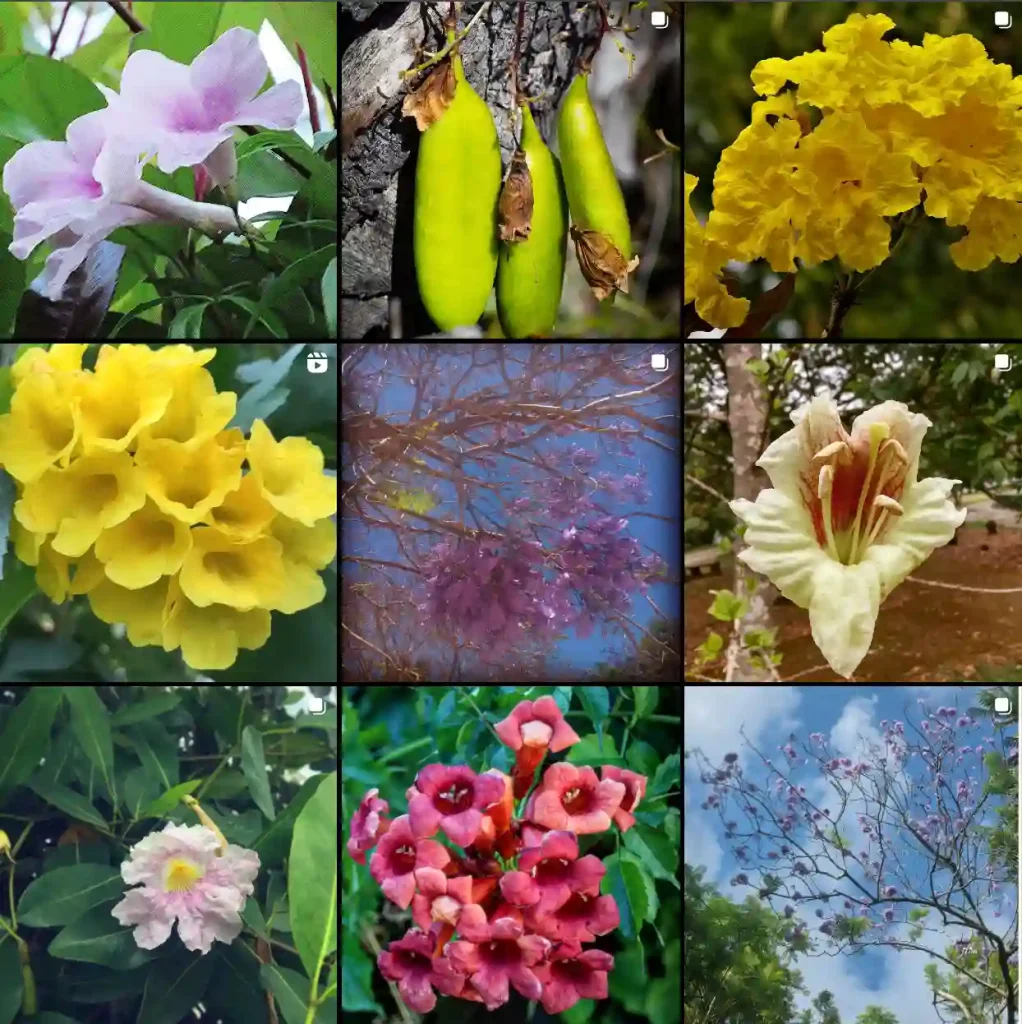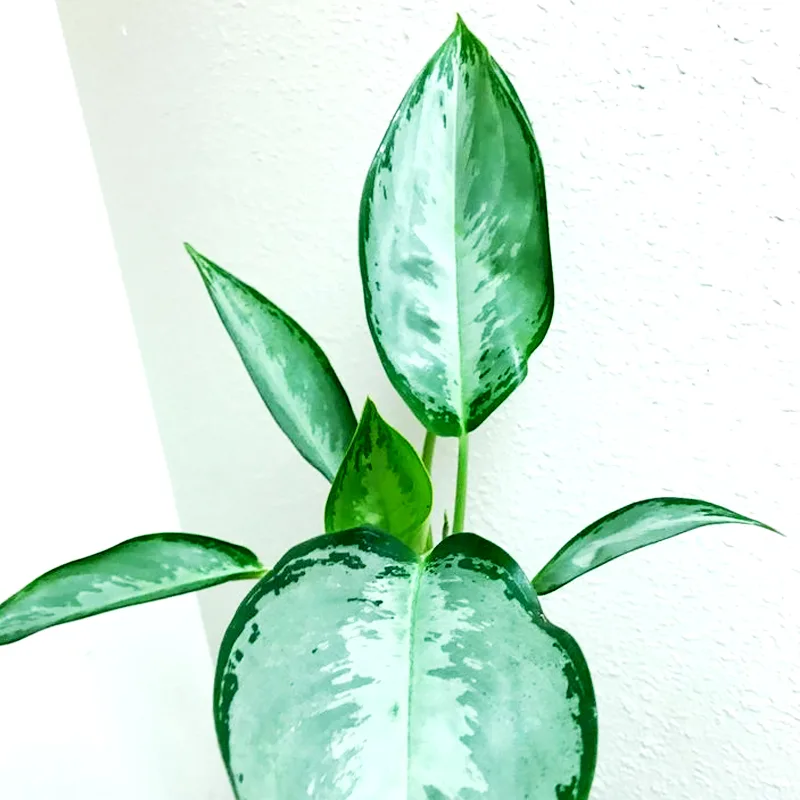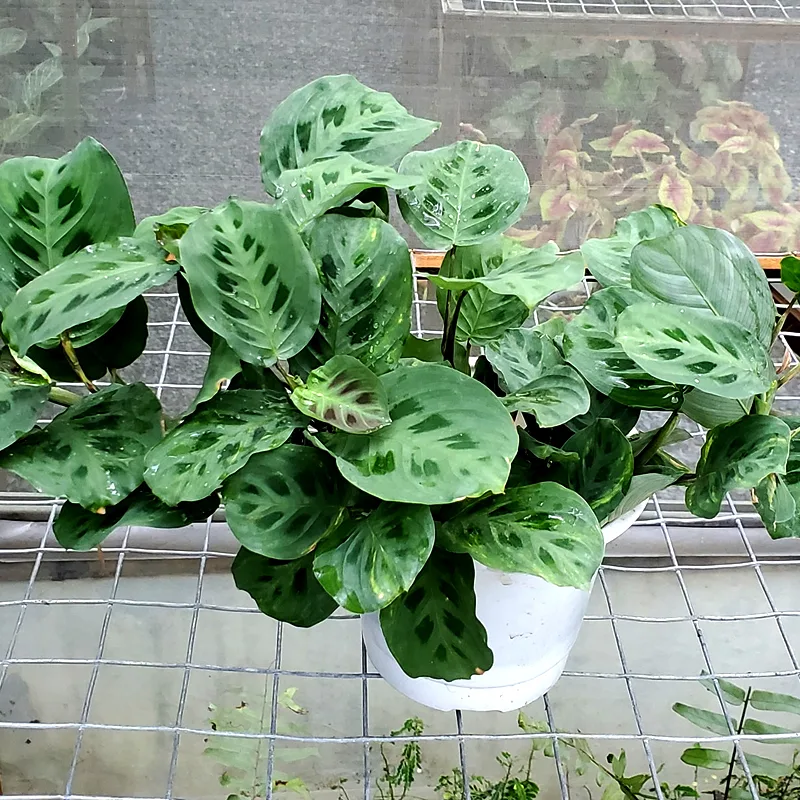What Is Cardamine Flexuosa?
Cardamine Flexuosa, commonly known as the Wavy-leafed Bittercress, is a charming perennial herb native to various parts of the Northern Hemisphere. This plant is often admired for its delicate, wavy foliage and small, white to pale pink flowers that bloom in early spring. The leaves of Cardamine Flexuosa are deeply lobed and give the plant its distinctive, wavy appearance, making it an attractive choice for garden enthusiasts seeking something a bit different.
277 Species in Genus Cardamine
How to Care for Cardamine Flexuosa?
Caring for Cardamine Flexuosa is relatively straightforward. Here’s what I’ve learned from my experience:
- Light: This plant thrives in partial to full shade. It prefers dappled sunlight or light shade, especially in hotter climates where it can benefit from protection during the peak afternoon sun.
- Soil: Cardamine Flexuosa appreciates moist, well-drained soil. It’s adaptable to various soil types, but it flourishes best in rich, organic matter. Ensuring good drainage is crucial to prevent root rot.
- Watering: Keep the soil consistently moist, but not waterlogged. Regular watering is essential, especially during dry periods, as the plant’s natural habitat is often damp.
- Temperature: It is hardy in USDA zones 4 through 8. This means it can handle a range of temperatures, from cold winters to mild summers. However, it’s best to protect it from extreme heat and drought.
- Fertilizing: Cardamine Flexuosa doesn’t require heavy feeding. A light application of a balanced fertilizer in the spring can help promote lush growth and blooming.
How to Propagate Cardamine Flexuosa?
Propagating Cardamine Flexuosa can be done through seeds or division:
- Seeds: Sow seeds directly into the garden bed in the fall or early spring. Lightly cover the seeds with soil and keep them moist. Germination typically occurs within 2 to 4 weeks.
- Division: You can also propagate this plant by dividing established clumps in early spring or fall. Gently separate the roots and replant them in prepared soil.
What to Plant With Cardamine Flexuosa?
Cardamine Flexuosa pairs well with a variety of plants, especially those that thrive in similar conditions:
- Ferns: Ferns complement the delicate foliage of Cardamine Flexuosa and thrive in the same shady, moist environments.
- Hostas: Hostas provide a lush backdrop to the wavy leaves of Cardamine Flexuosa and share similar soil and light requirements.
- Astilbe: Astilbe’s feathery blooms and shade tolerance make it a great companion for this plant, adding a touch of color and texture.
Is Cardamine Flexuosa Toxic?
Cardamine Flexuosa is not considered toxic to humans or pets. However, like many plants, it’s always best to prevent ingestion, especially in young children and pets. Ingestion of large amounts could potentially cause mild gastrointestinal upset.
Benefits of Cardamine Flexuosa
I’ve found several benefits to growing Cardamine Flexuosa:
- Ornamental Appeal: Its unique, wavy foliage and delicate flowers make it a standout in garden beds and shaded areas.
- Ground Cover: It’s an effective ground cover plant that can help suppress weeds while adding visual interest to shaded spots.
- Pollinator Friendly: The flowers attract pollinators such as bees and butterflies, which can be beneficial for your garden’s ecosystem.
Common Problems with Cardamine Flexuosa
From my experience, here are a few issues to watch out for:
- Overwatering: While the plant enjoys moisture, excessive watering can lead to root rot. Ensure proper drainage to avoid this issue.
- Pest Issues: It can occasionally attract pests like aphids or slugs. Regular inspection and prompt treatment can help keep these pests under control.
- Disease: In overly wet conditions, fungal diseases like powdery mildew might develop. Providing good air circulation and avoiding overhead watering can help prevent this.
Compare with Similar Plants
If you’re considering alternatives or comparisons:
- Cardamine Hirsuta: Often confused with Cardamine Flexuosa, Cardamine Hirsuta (Hairy Bittercress) is similar in appearance but has a more erect growth habit and can be more aggressive as a weed.
- Cardamine Pratensis: Known as the Cuckoo Flower, this plant has similar flowering characteristics but prefers wetter conditions and can be found in meadows and damp areas.
Cardamine Flexuosa stands out for its ornamental value and ease of care. It’s a delightful addition to shaded gardens and a great choice for those looking to add some unique texture and color to their landscape.
If i die, water my plants!



